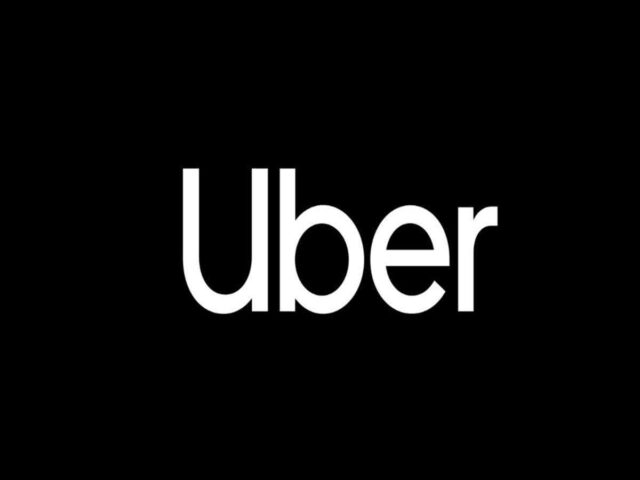
Uber has announced a significant shift in its auto service operations, moving to a cash-only payment system. This decision has sparked discussion among riders and drivers alike, raising questions about the rationale behind the change and its potential consequences. Uber cites several factors contributing to this shift, including operational challenges, driver feedback, and a focus on streamlining the service.
One key reason for the move to cash payments involves operational difficulties. Uber’s system, which relies heavily on digital transactions, has faced challenges in certain areas. Issues such as inconsistent internet connectivity, limited access to digital payment methods for some riders, and technical glitches have disrupted service and created inconvenience for both riders and drivers. The cash-only system aims to bypass these technological hurdles, ensuring smoother transactions and minimizing service disruptions.
Driver feedback also played a crucial role in Uber’s decision. Many drivers have expressed concerns about the complexities associated with digital payments. Some drivers have reported delays in receiving their earnings through digital channels. Others have faced difficulties navigating the platform’s payment system. The cash-only model simplifies the payment process for drivers, providing them with immediate access to their earnings and reducing administrative burdens. This direct payment system also potentially improves driver satisfaction and retention.
Uber’s focus on streamlining the auto service also influenced the shift to cash. The company intends to create a more straightforward and accessible service. By simplifying transactions, Uber aims to reduce the operational overhead associated with managing digital payments. This streamlined approach also potentially allows Uber to focus on core service delivery and expansion into new markets where digital payment infrastructure might be less developed.
The transition to a cash-only system has generated mixed reactions from riders. Some riders have welcomed the change, citing the convenience of cash transactions, especially in situations where digital payment methods are unavailable or unreliable. They appreciate the simplicity and speed of paying with cash. Other riders, however, have expressed concerns about the potential for increased costs and safety issues associated with carrying large amounts of cash. They also point to the reduced convenience of not being able to use digital wallets or cards.
Uber acknowledges these concerns and states that it is actively exploring ways to mitigate any negative impact on riders. The company emphasizes its commitment to safety and is working on strategies to ensure secure cash handling procedures for both riders and drivers. Uber also states that it is monitoring the situation closely and will adjust its approach as needed based on rider feedback and operational experience.
The long-term implications of Uber’s cash-only policy for its auto service remain to be seen. The move could potentially reshape the landscape of ride-hailing services, particularly in regions where cash transactions are still prevalent. It also raises questions about the future of digital payments in the transportation sector. Industry analysts suggest that Uber’s decision could prompt other ride-hailing companies to reconsider their payment strategies.
Uber’s shift to a cash-based system is a significant development in the ride-hailing industry. While the company cites operational challenges and driver feedback as the primary drivers behind this change, the move has broader implications for riders, drivers, and the future of transportation payments. The coming months will reveal the true impact of this decision and whether it marks a turning point in how people pay for ride-hailing services. Uber has stated it will continue to evaluate the effectiveness of the cash-only system and make adjustments as necessary.


















